The 10 most famous dog-and-owner combinations in history, from Churchill and his poodles to the Royal dog with its own footman
Dogs have always walked alongside the great and the good — not to mention the notorious and the terrible. Annunciata Elwes follows the ‘tails’ (ho ho) of 10 of history’s most well-remembered dogs and their equally notable owners.


Loyal, mischievous and undeniably cuddly, our canine companions hold a special place in our hearts long after they’re gone. It can be hard to explain this bond to someone who’s never had a dog, but it’s powerful, real and poignant.
Tales of delightful and dastardly dogs have stood the test of time. Here are 10 instances where Man’s — or woman’s — best friend scratched a cosy spot in the history books.
Rufus and Sir Winston Churchill 
Sir Winston Churchill’s rhetoric and humorous putdowns are well documented. Most even know about the years he spent painting goldfish at Chartwell. Lesser known is the fact that he was a big softie. His two great loves were brown miniature poodles named Rufus and Rufus II — ‘but the II is silent’. Rufus (pictured top) may have accompanied Churchill to Buckingham Palace, but he was rebuffed padding into the Cabinet Room: ‘No, Rufus,’ said the Prime Minister. ‘I haven’t found it necessary to ask you to join the wartime Cabinet.’
https://youtu.be/DCtNujZENAo?t=48
At Chequers, during the reign of Rufus II, Churchill covered the poodle’s eyes when watching the scene in Oliver Twist in which Bill Sykes attempts to drown Bullseye, saying: ‘Don’t look now, dear. I’ll tell you about it afterwards.’ Rufus II, who ‘had breath like a flamethrower’, ate with the family in the dining room — on a Persian rug — served by a butler.
His master wasn’t averse to leaving a Commons debate to telephone and enquire after his wellbeing. When ‘darling Rufie’, ‘my closest confidant... who heard everything’, died in 1962, he was buried at Chartwell next to his beloved predecessor.
Caesar of Notts and Edward VII 
‘I am Caesar. I belong to the King’ was inscribed on the collar of Edward VII’s wire fox terrier, Caesar of Notts. Born to the high life in 1898 and known as ‘Stinky’ among courtiers, he slept on a chair beside the King’s bed and had his own footman.
Exquisite houses, the beauty of Nature, and how to get the most from your life, straight to your inbox.
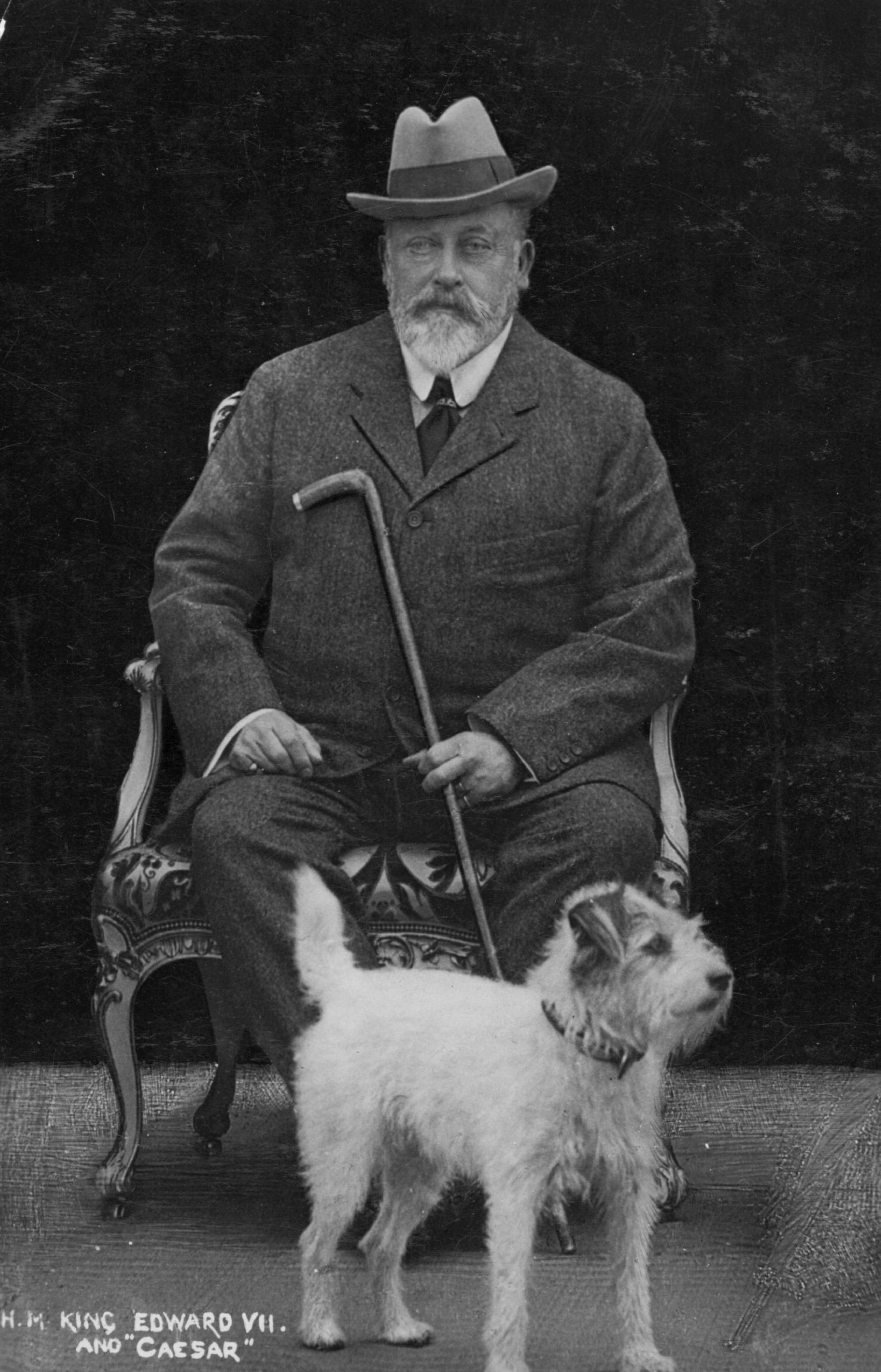
After the King died in 1910, Caesar and a Highlander led the funeral procession, trotting behind his coffin, taking precedence over heads of State and nine kings, including George V. Kaiser Wilhelm II, in particular, was not amused.
Caesar was immortalised by Fabergé in chalcedony, rubies, gold and enamel and is depicted on the King’s tomb in St George’s Chapel, Windsor. He was also named as the author of a book entitled Where’s Master?, published a month after Edward VII’s death.
Mr Famous and Audrey Hepburn
This pup was well named: the fluffy Hollywood Golden Age beau starred with his owner Audrey Hepburn and Fred Astaire in Funny Face (1957). A mini Yorkshire terrier, Mr Famous was Hepburn’s closest companion and travelled around the world. Often in her arms or riding in a bicycle basket, he was photographed by Cecil Beaton and appeared on countless magazine covers.
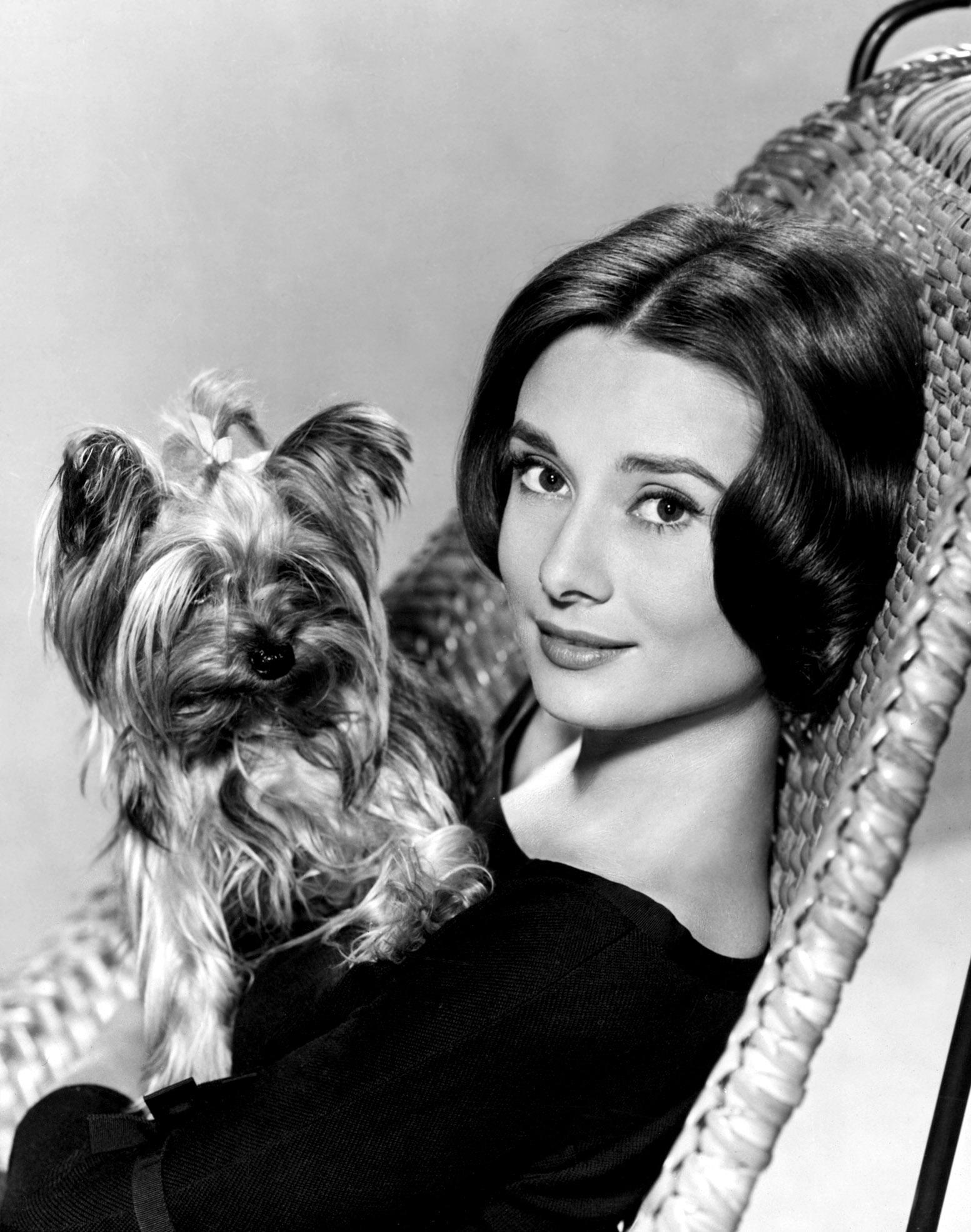
Sadly, when Hepburn was filming The Children’s Hour (1961) in LA, he was run over; her husband, Mel Ferrar, gave her a new Yorkie named Assam of Assam.
Peritas and Alexander the Great 
As history records Alexander the Great being gifted no fewer than 150 dogs, it can be tricky to extract the truth about the noble hound Peritas. What we do know is that the dog was so beloved by his master that, when he died, a city in India was named in his honour.
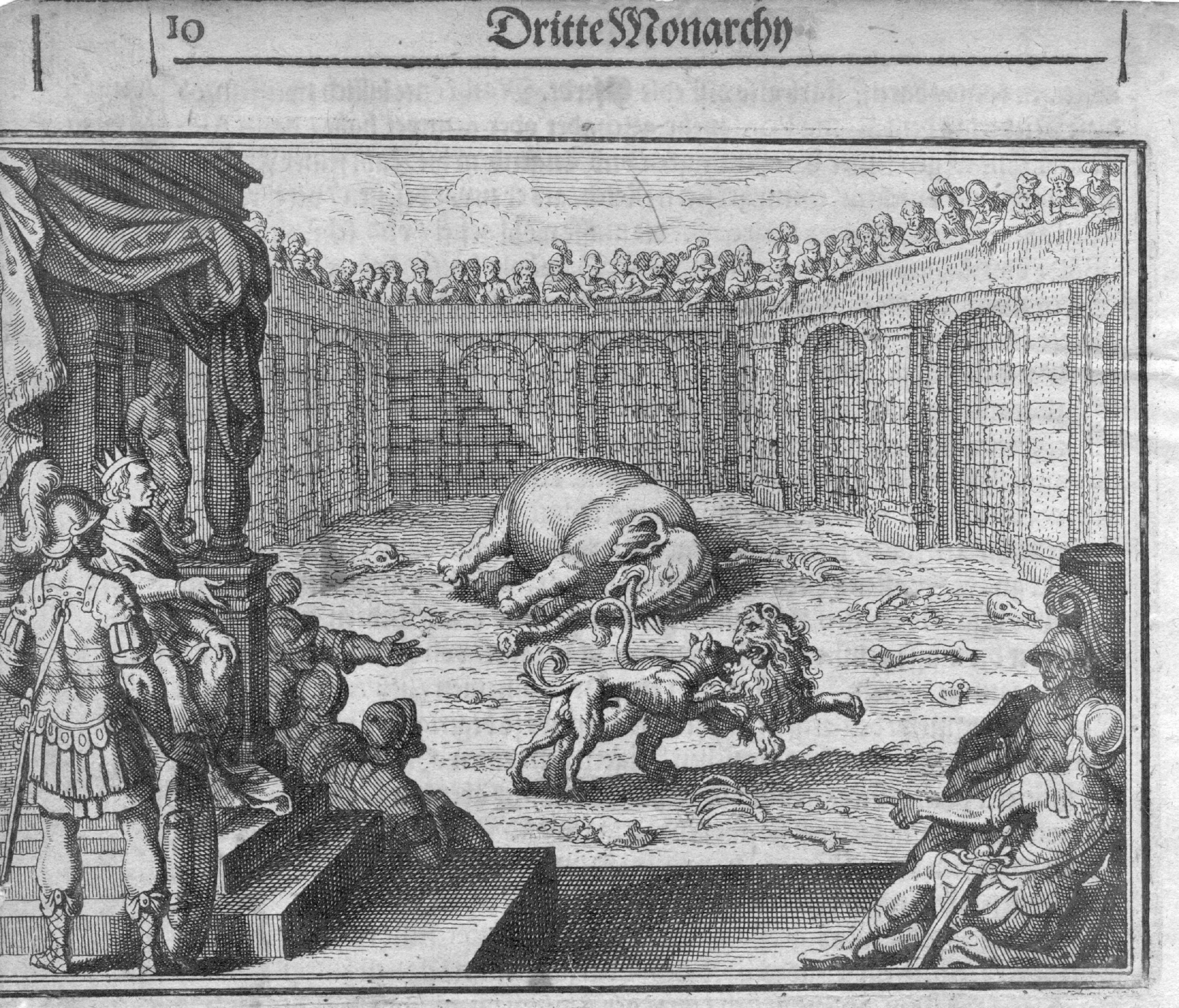
Greyhound, bulldog, mastiff, Molossian or Afghan hound, perhaps with ‘a strain of tiger blood’ (according to one historian), Peritas was famed for his fighting spirit, which came in handy when conquering the ancient world with a master who claimed descent from Achilles.
War dogs were not uncommon in the 4th century BC. ‘Never, with [Molossians] on guard, need you fear for your stalls a midnight thief, or onslaught of wolves, or Iberian brigands,’ wrote Virgil. One story has Peritas besting a pride of lions, another trouncing an elephant. In his final battle, he bounded into the fray against the Mallians, was struck by a javelin and died in his master’s lap.
Boatswain and Lord Byron 
The poet may have shocked Society with his saucy writing and love affairs, but Byron’s love for animals was pure. His pets included ‘a bear, a fox, four monkeys, a parrot, five cats, an eagle, a crow, a falcon, five peacocks, two guinea hens, an Egyptian crane... a goat with a broken leg and many horses’. Yet his Newfoundland, Boatswain, is the only one honoured with a tomb.
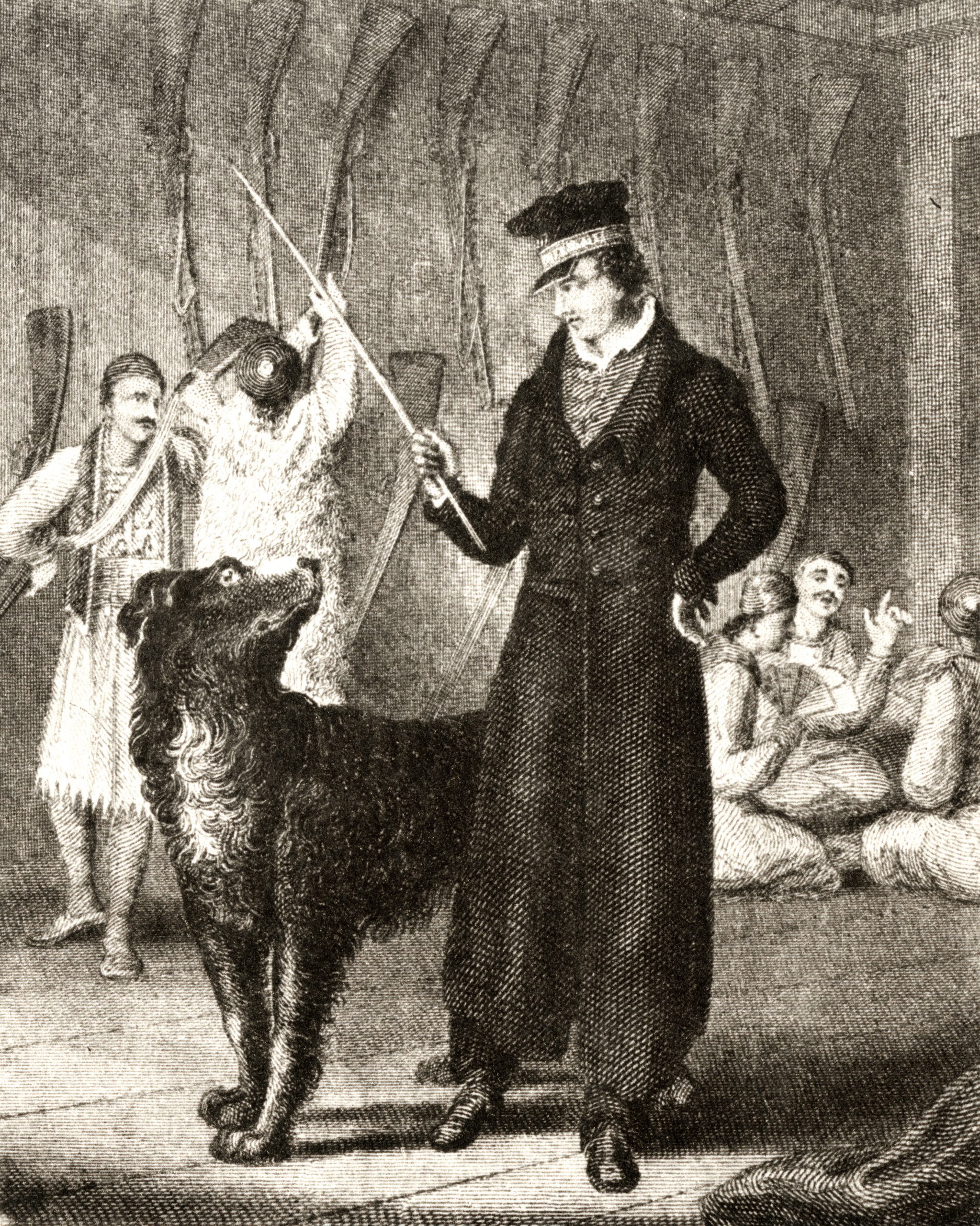
Byron used the dog for more than just companionship, incidentally. DNA analysis of some 100 locks of hair given to lovers revealed most were actually canine. The things a dog puts up with on behalf of its master...
Old Ginger and Sir Walter Scott 
Every Dandie Dinmont terrier alive today, with amusing topknot, big eyes, little legs and pendulous ears, can be traced back to Sir Walter Scott’s day — he had one called Old Ginger. It’s the only breed that is allowed to sport its own clan tartan.
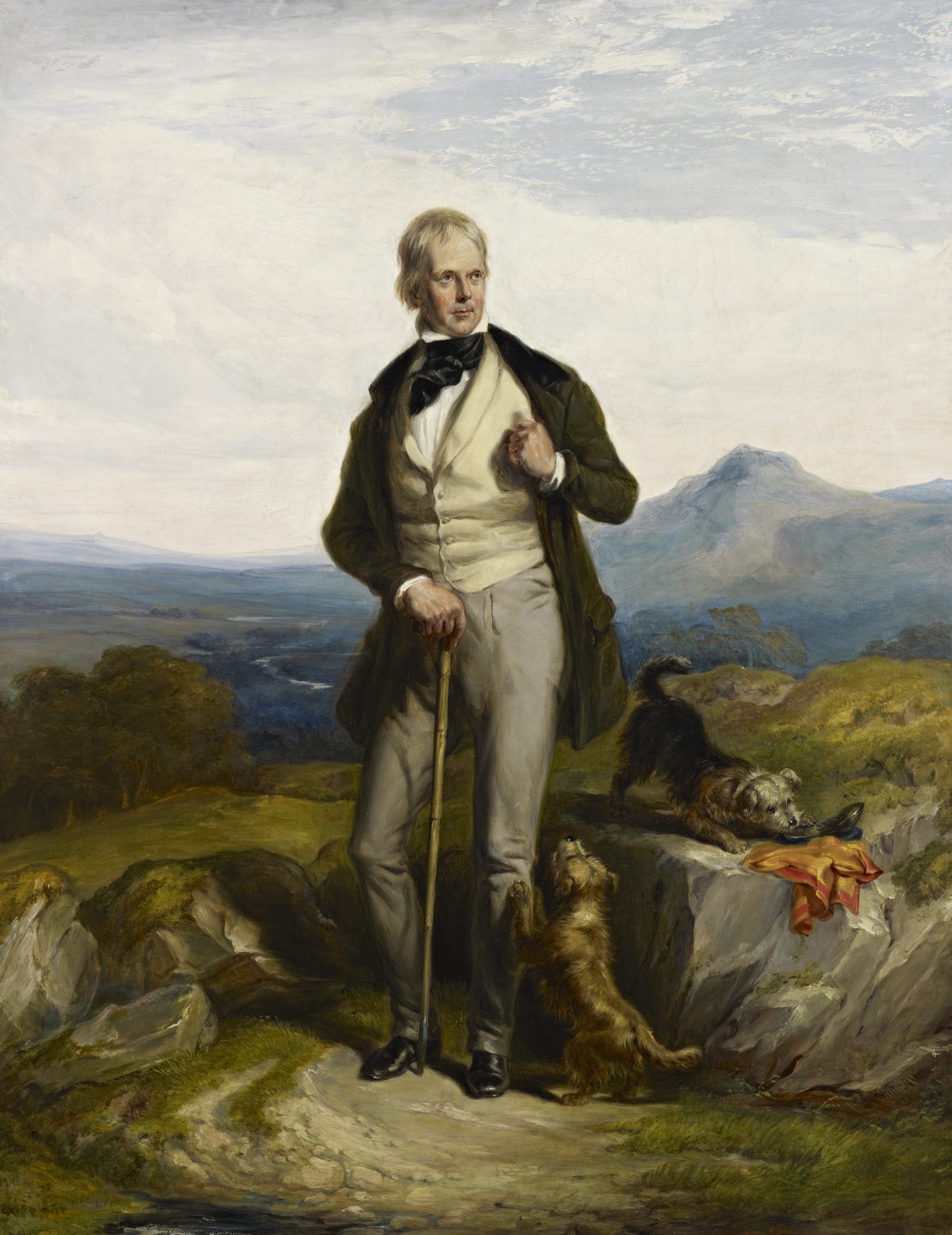
These rough-coated terriers are named for a farmer in Scott’s 1814 novel Guy Mannering who won a litter in a drinking game. The author bred them, calling them ‘the big little dog’, and often gave pups as gifts, including to Wordsworth. Despite Scott holding ‘the race of Pepper and Mustard... in the highest estimation’, the Dandie Dinmont is on the Kennel Club’s list of native vulnerable breeds.
Martha and Sir Paul McCartney 
‘You and me were meant to be with each other, silly girl.’ You’d be forgiven for thinking The Beatles’ 1968 Martha My Dear is a love ditty, but no — Martha is an expression of devotion to Sir Paul McCartney’s old English sheepdog, the hairiest fifth Beatle.
He explains: ‘Whereas it would appear to anybody else to be a song to a girl called Martha, it’s actually a dog, and our relationship was platonic, believe me.’ She was ‘very cuddly,’ added John Lennon.
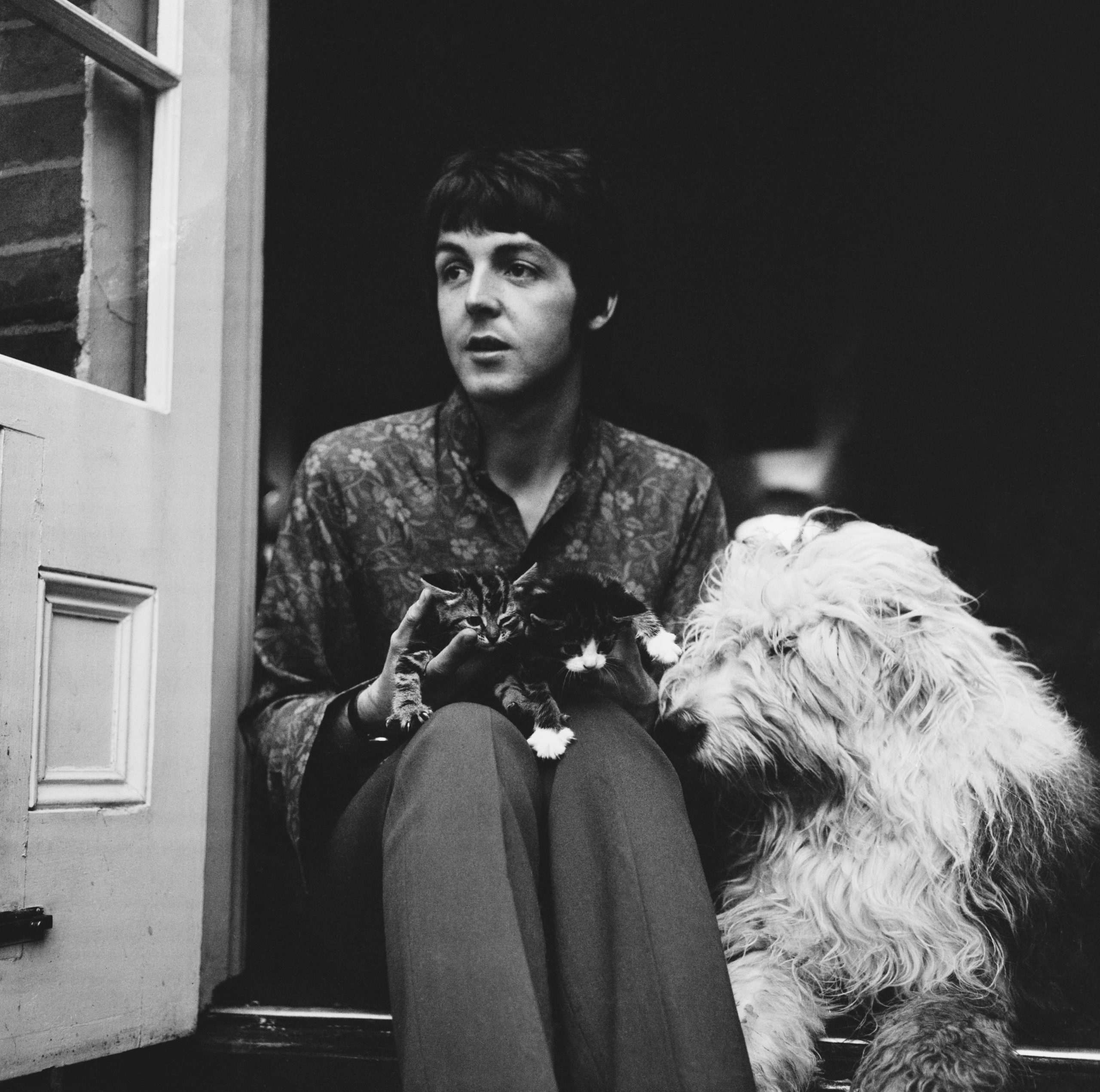
One of Martha’s offspring, Arrow, starred on the cover of the album Paul is Live, which shows Sir Paul being yanked across the Abbey Road zebra crossing.
Cut and Ball and Henry VIII
This was not a king to stick to a favourite, as his marital record testifies. As well as ferrets, canaries and nightingales, Henry VIII was fond of spaniels, beagles and greyhounds. The Tudor Court followed suit and, with ruffs and puffy sleeves, dogs were the accessory of choice, doubling up as footwarmers in church.
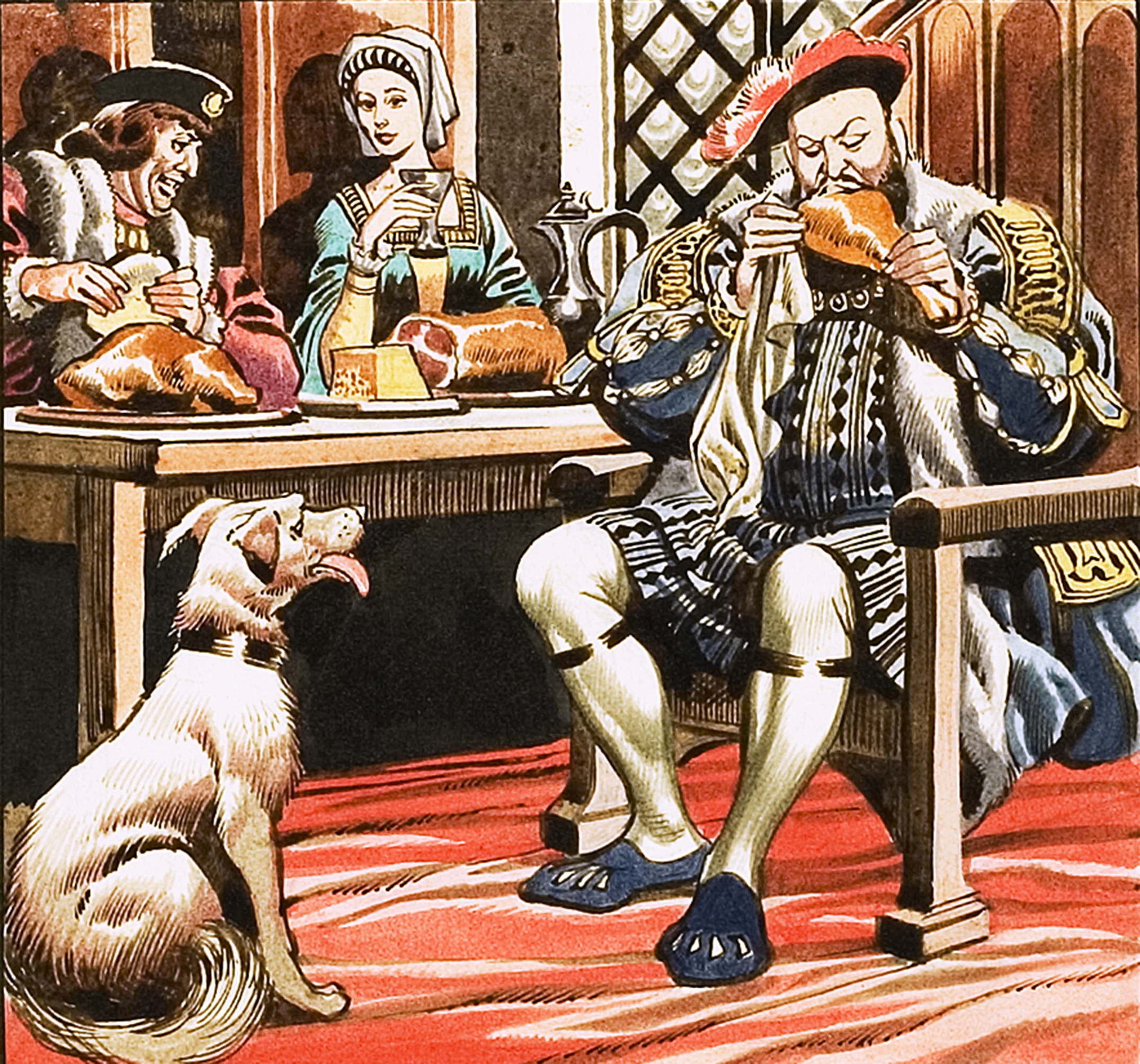
Henry’s hounds wore velvet collars with silver or gold spikes, some adorned with pearls and his coat of arms. Others sported white-silk coats and enjoyed regular massages. His favourite hunting dogs were Cut and Ball: when they went missing, he paid nearly 15 shillings (£225 today) as a reward for their return. After he died, 65 dog leads were found in his closet.
Mary, Queen of Scots, and her lapdogs
As an exiled child in France, forced to learn a new language, the Queen confided in 22 lapdogs — mostly pugs, spaniels and Maltese terriers. Widowed at 18, she left for Scotland with her favourite white terriers in tow and was widowed again. Imprisoned in England for 18 years, Bess of Hardwick, her gaoler, reported she spent hours talking to her lapdogs.

In a final act of devotion, a Skye terrier went to her execution, hidden beneath her skirts. After she was beheaded, her body seemed to twitch — the dog was found shaking and covered in blood. It refused to move or eat and died soon afterwards.
Fortuné and Joséphine Bonaparte
Having starred at the Siege of Toulon, quelled a Royalist rising and won command of the French army in Italy by the age of 25, Napoleon Bonaparte might have expected a warm welcome in the bed of his new wife. Instead, he received a nasty surprise.
Upon drawing back the covers on his wedding night in 1796, his leg met a pug, Fortuné, who promptly took a chunk out of it.
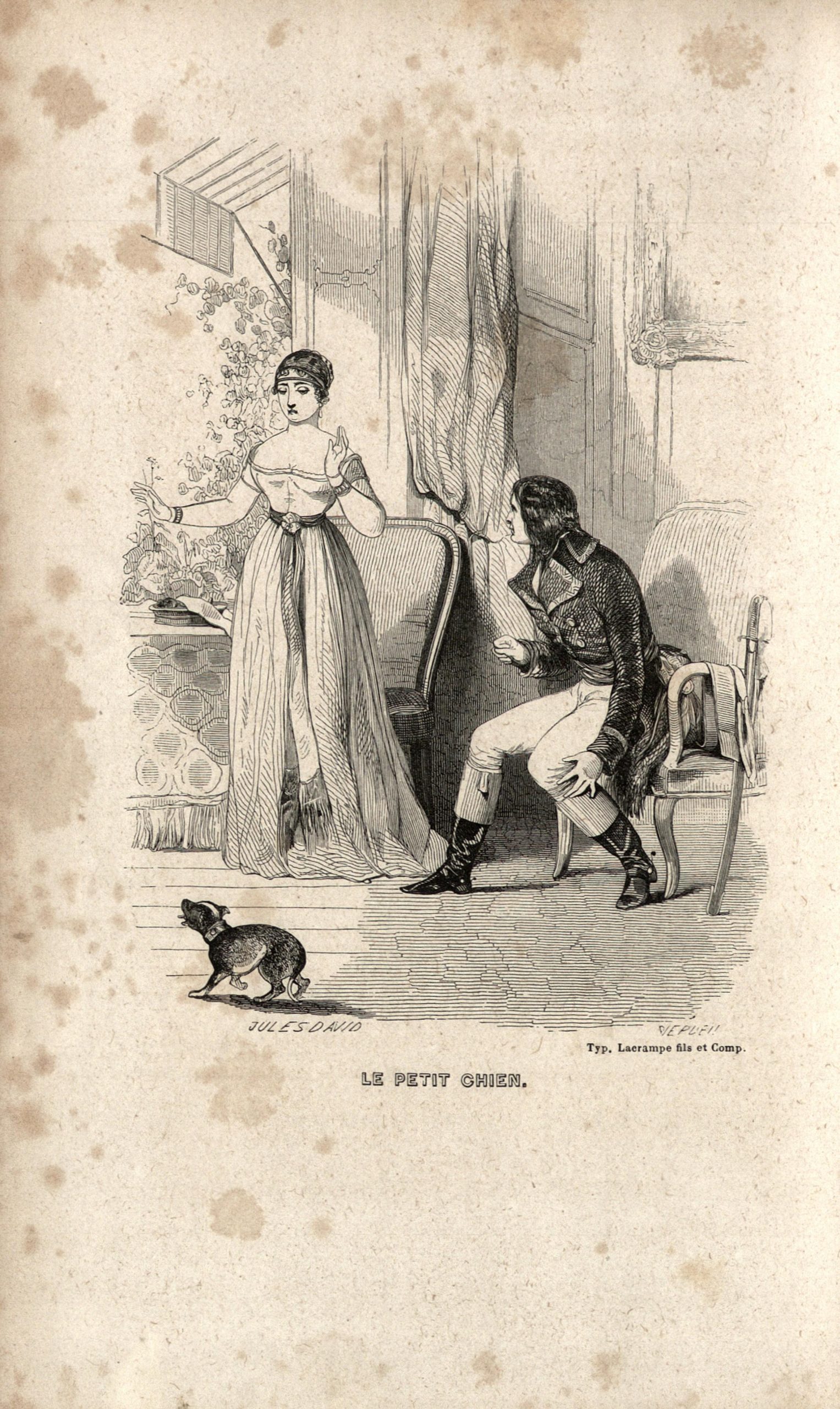
An intrepid dog, Fortuné had delivered messages (under his collar) between Joséphine and her family when she was imprisoned at Les Carmes.
A military man should not fear a pug; thereafter, the three slept together (when not in bed with other parties), until Fortuné perished following a fight with a chef’s English bulldog. Let's give thanks that Napoleon failed to take that event as a premonition...

Credit: Daniel Gould / Country Life Picture Library
Britain's Naughtiest Dog 2019: All the winners, from the Jack Russell who summoned the armed police to the pointer who vomits glitter
Sociable, sun-loving and incredibly patient with children, this innocent-looking Jack Russell actually enjoys a secret life of crime. Victoria Marston

Credit: Alamy
The dog who ate a stuffed crocodile, and other incredible stories from last time we tried to find Britain's naughtiest dog
Naughty dogs come in all shapes and sizes — as do their crimes and misdemeanours.
Annunciata is director of contemporary art gallery TIN MAN ART and an award-winning journalist specialising in art, culture and property. Previously, she was Country Life’s News & Property Editor. Before that, she worked at The Sunday Times Travel Magazine, researched for a historical biographer and co-founded a literary, art and music festival in Oxfordshire. Lancashire-born, she lives in Hampshire with a husband, two daughters and a mischievous pug.
